Every spring I make a Persian rhubarb sherbet by cooking sliced stems and sugar in water. Once the flavor and pink color infuse into the syrup, I filter the liquid and add rose essence. Enjoyed from tall crystal glasses, the sherbet has a voluptuous taste that calls to mind the warm light streaming through the stained glass windows of the Nasir al-Mulk Mosque, a pink-tinted jewel of Shiraz. If you would like to replicate this experience, I invite you to take a look at my recipe.
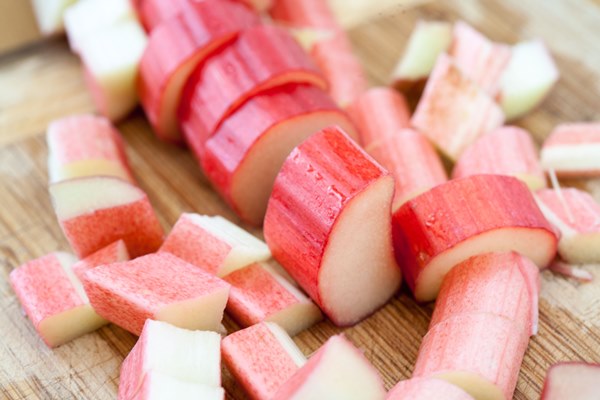
Since perfumery has much in common with cuisine, rendering my sherbet into a fragrance accord with a similar ornate impression is not difficult. Rhubarb has a natural affinity with rose, violet and berries, because they are complementary notes (and raspberry, in a nesting doll twist, contains elements of both rose and violet, which makes it an especially felicitous partner.) Jo Malone White Lilac and Rhubarb explores this combination by augmenting the floral layer of rhubarb with a cocktail of rose and lilac. It’s a bright and happy perfume, with a nod to retro glamour.
Rhubarb may seem like a modern note in the perfumer’s palette, but in fact, it has a classical pedigree. A subtle effect, of green crunch and mouthwatering tartness, is found in Miss Dior L’Originale and Carven Ma Griffe. Today perfumers have more ingredients with rhubarb inflections at their disposal, using tartness to temper the sugary notes currently in vogue. For a rhubarb dessert, I might select Yves Saint Laurent Baby Doll, a compote of rhubarb, grapefruit and musk, or Burberry Brit Red, a crème brûlée topped with candied jasmine petals and gingerbread.
Just as it gives an interesting twist to a gourmand, rhubarb also makes green and resinous notes shimmer. To achieve such an illusion, Olfactive Studio’s Flashback dilutes the fruit with vetiver and just enough apple for a hint of delicate sweetness. Aedes de Venustas Eau de Parfum is an even more striking composition–it tosses rhubarb slices with basil leaves and incense. The effect is neither liturgical nor gourmand, but as fresh and exhilarating as being caught in a spring rainstorm.
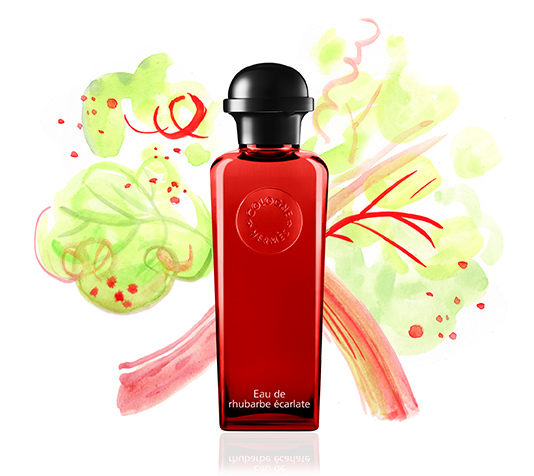
Another fragrance I like is Hermès’s Eau de Rhubarbe Écarlate, a creation by perfumer Christine Nagel. Nagel is well-known for her sultry compositions that wear like cashmere wraps, and with Eau de Rhubarbe Écarlate she demonstrates that it’s possible to make a cologne seductive. She pairs rhubarb with citrus and red berries, but then she adds a dollop of musk to make the drydown suave and tender. The result is similar to my sherbet—opulent, rich, and just as delicious.
What are your favorite rhubarb fragrances? Also, if you cook with rhubarb, I’d love to hear what you make.

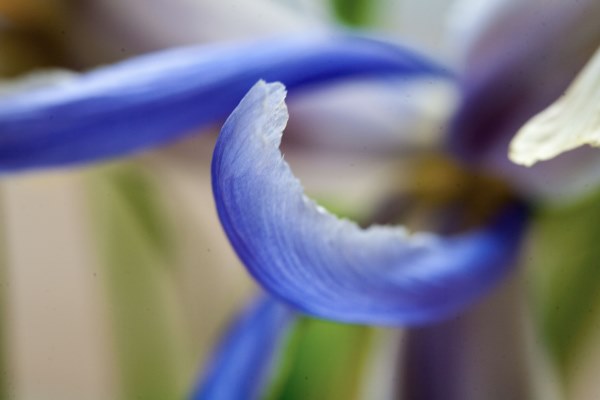




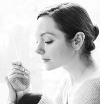

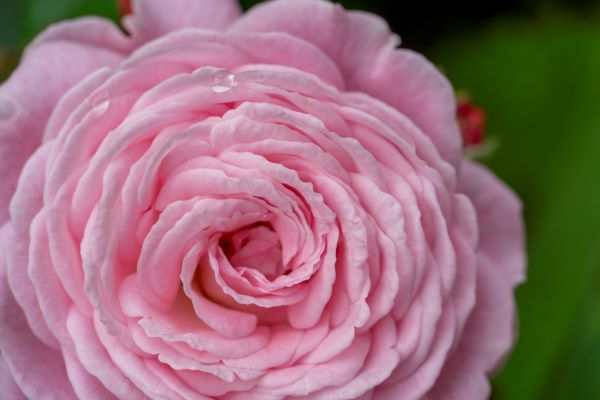
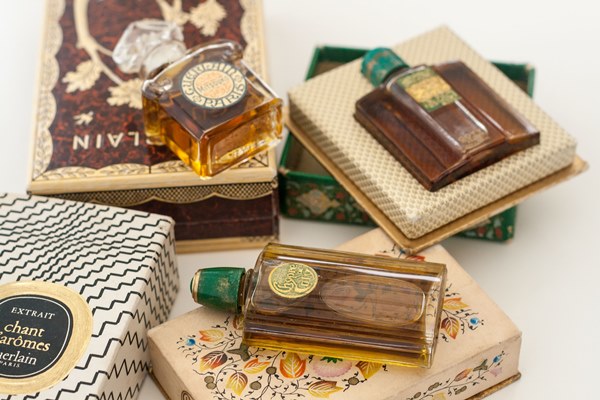








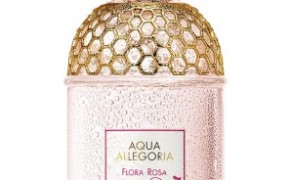
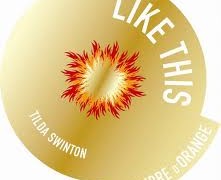
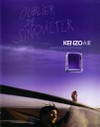
Judith R in From Gingerbread to Kue Lapis: Spicy Gourmand Perfumes for Holidays: Not exactly gingerbread, but Safran Troublant by L’Artisan Parfumeur is a favorite warm and festive fragrance of mine. December 27, 2024 at 6:13pm